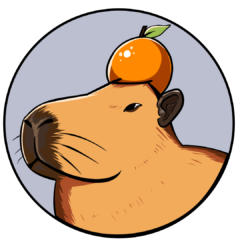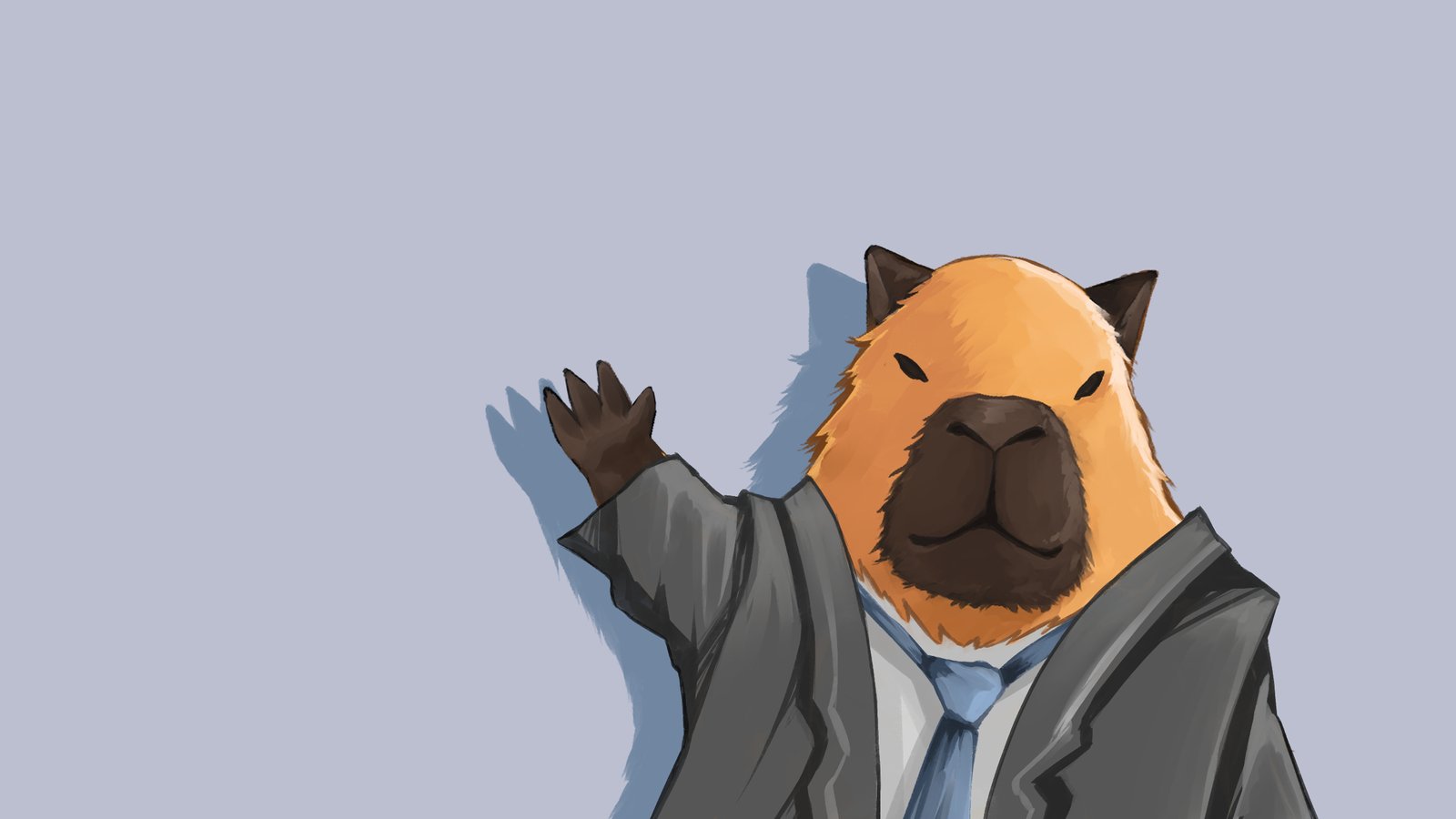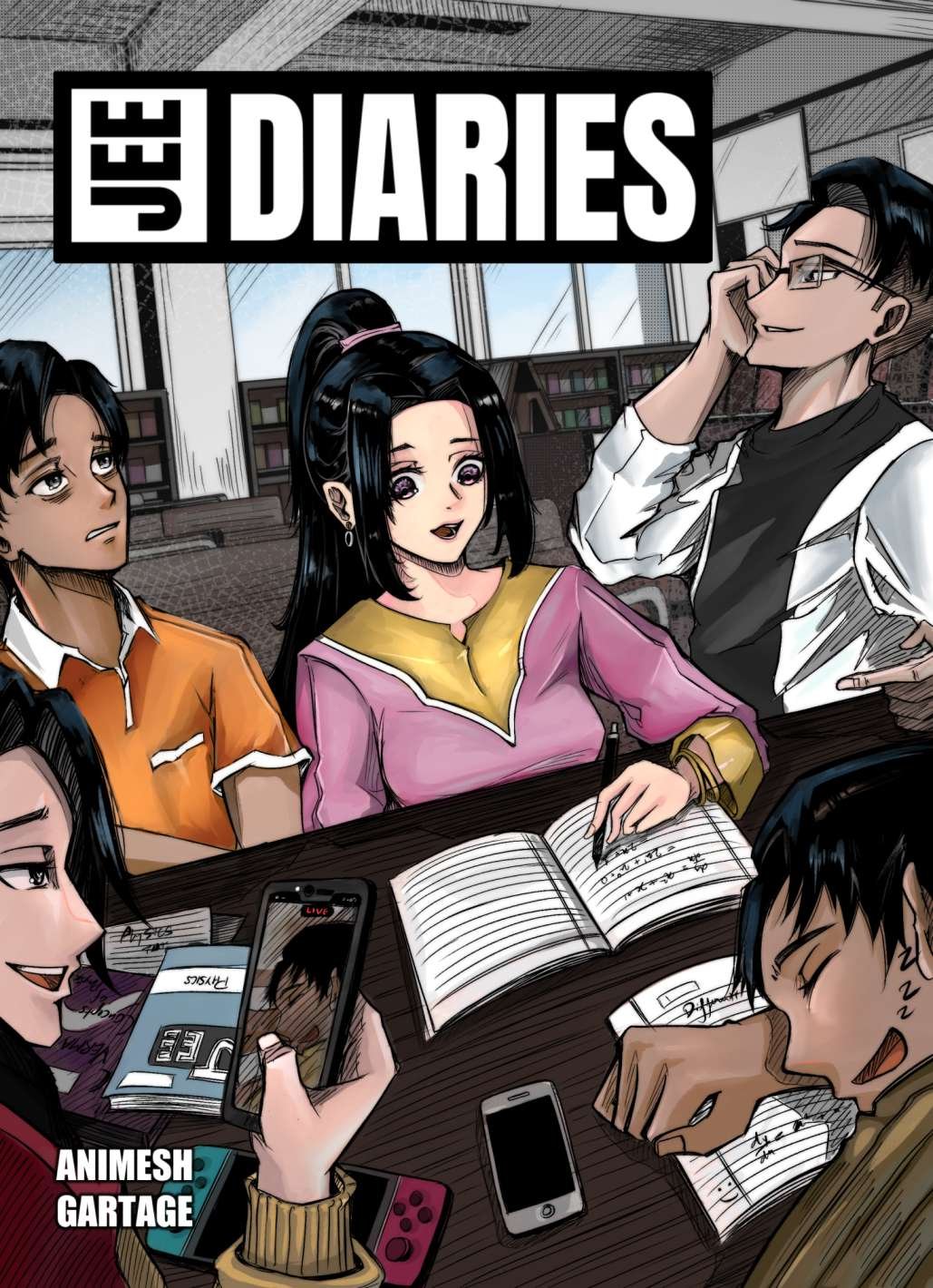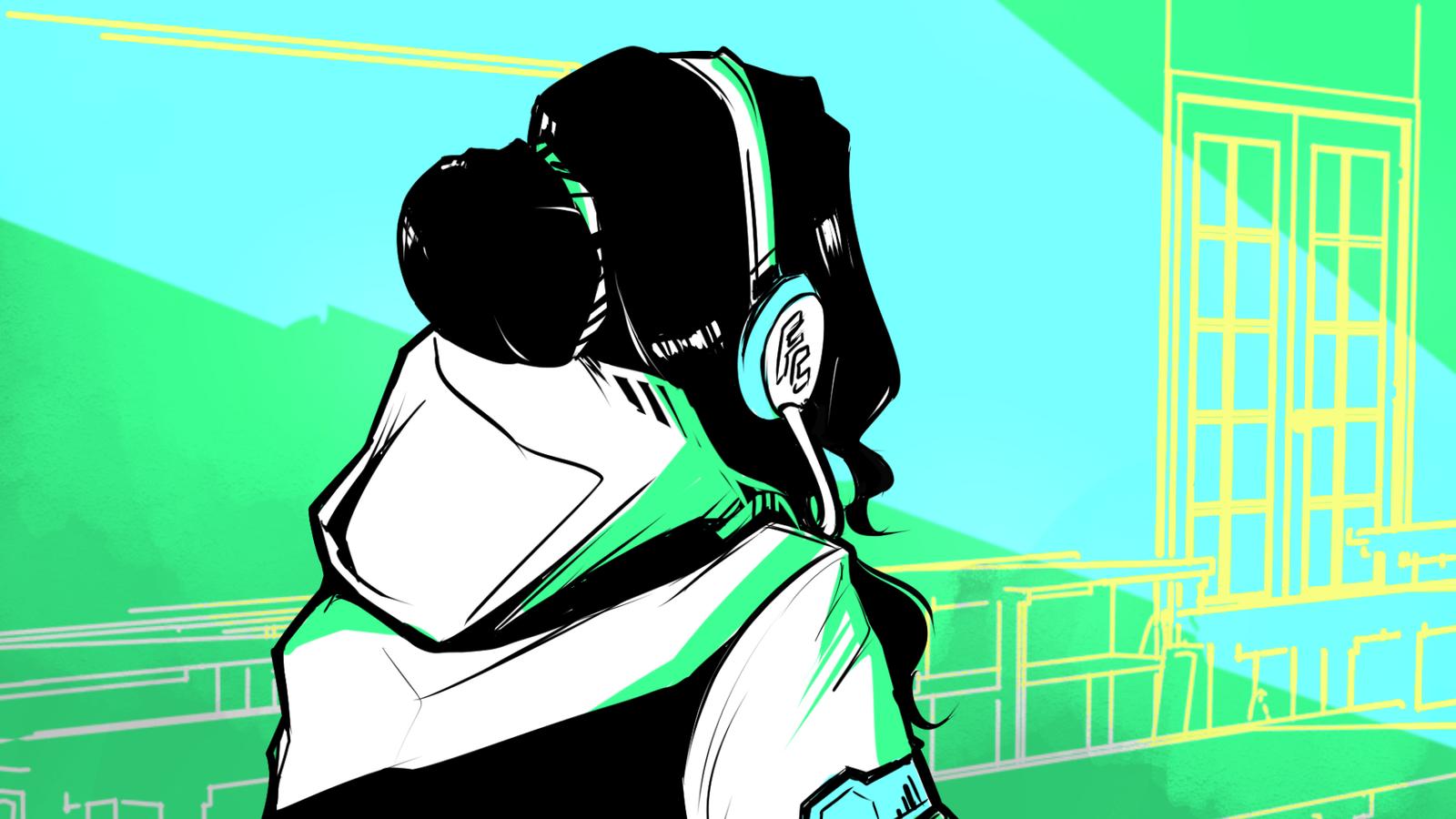(And Why PR Isn’t Just for Big Brands)
Intro: PR Myths, Misconceptions, and Why It Matters
Many creators and startups think PR is just press releases or a luxury for companies with deep pockets. Worse, it’s often confused with marketing (which sells products) or sales (which closes deals). But PR is about crafting your story and building relationships that turn strangers into fans, partners, and even employees. Unlike marketing campaigns, PR’s impact—like trust, reputation, or community loyalty—isn’t always measurable, but it’s what makes your brand resonate. Think of it as the glue between what you do and why people should care. Whether you’re launching a comic series, a SaaS tool, or a handmade product, PR is how you cut through the noise.
1. Understanding PR: More Than Just Press Releases
PR is the art of shaping how people perceive your brand across every interaction—social media, events, emails, or even casual conversations. It’s necessary because trust drives decisions: customers buy from brands they believe in, partners collaborate with teams they respect, and talent joins missions they find compelling. Tailor your PR to your TATG (Target Audience/Target Group) by asking: What do they value? Where do they spend time? For example, indie animators might focus on Instagram Reels for Gen Z audiences, while B2B startups should prioritize LinkedIn thought leadership.
2. DIY PR vs. Hiring Help: Play to Your Strengths
DIY PR lets you infuse authenticity into your messaging, which resonates with niche audiences (e.g., a solo comic artist sharing behind-the-scenes Patreon posts). Hiring experts makes sense if you need industry contacts—like securing B2B partnerships or navigating trade shows. The key is aligning your approach with your TATG.
3. Building Your Network: Press Lists & Beyond
A press list is your starting point, but modern PR requires broader outreach. Engage communities where your TATG lives: comic fans at Small Press Expo (SPX), developers at Game Developers Conference (GDC), or educators at SXSW EDU. Physical touchpoints—like hosting workshops or pop-up demos—humanize your brand. For example, board game creators like Exploding Kittens demo prototypes at conventions to gather real-time feedback.
4. Human-Centric Communication: Ditch the Jargon
People connect with stories, not sales pitches. Use a relatable tone in emails, social posts, and events. Indie game studio Hollow Ponds (Lethal Company) uses witty, personal updates to mirror their game’s humor. For B2B audiences, focus on outcomes—Shopify highlights merchant success stories, not just platform features.
5. Timing: Strike When the Iron’s Hot
PR isn’t “set and forget.” Align announcements with your TATG’s habits:
- Launch a Kickstarter during holiday generosity (November/December).
- Debut a productivity app in January (New Year’s resolution season).
- Drop a summer-themed product with a beachside pop-up.
Post-launch, keep momentum with updates that address audience feedback—like Duolingo’s viral TikTok skits that keep users engaged between app updates.
6. Press Kits: Your Story in a Box
A press kit (EPK) isn’t just for journalists—it’s a shareable brand snapshot for influencers, event organizers, and retailers. Include TATG-specific angles:
- Animators: Highlight art style and cultural influences (e.g., Tonko House’s Oni press kit).
- B2B Tools: Add ROI case studies (see Notion’s template gallery).
- Indie Brands: Offer high-res product photos for bloggers (like Glossier’s minimalist aesthetic).
7. Post-Launch: Keep the Conversation Alive
PR fades if you stop engaging. Turn customers into collaborators:
- Run contests (e.g., Webtoon’s fan-art campaigns).
- Host B2B webinars (e.g., Canva’s design workshops).
- Share employee stories to attract talent (like Atlassian’s engineering blogs).
8. Real World Success Stories
- Pop-Up Shops: Moleskine collaborates with indie artists for limited-edition notebooks.
- Community Builds: Host a “design-a-character” contest, like Webtoon does with fans.
- B2B Workshops: Teach others your niche skill (e.g., Shopify’s small-business webinars).
- B2B: Unity’s “Made with Unity” showcases indie games to attract developers.
- B2E: Highlight team wins on LinkedIn to attract talent, like Atlassian does.
9. Common PR Problems (And How to Solve Them)
Problem 1: “No one knows about my brand.”
- Fix: Partner with micro-influencers (Z2 Comics collaborates with musicians for graphic novels).
- Fix: Run low-cost experiments—offer free samples at local markets or co-host a webinar with a complementary brand.
Problem 2: “Press ignores my emails.”
- Fix: Personalize pitches—mention a journalist’s past work (“Loved your piece on X—here’s why my project fits your beat”).
- Fix: Try quirky outreach, like Devolver Digital’s absurdist game trailers that journalists want to cover.
Problem 3: “I don’t have a PR budget.”
- Fix: Barter services—offer free product access for reviews (common with BookTok influencers).
- Fix: Submit to indie award lists (The Shorty Awards) or local “best of” roundups.
Problem 4: “My messaging feels scattered.”
- Fix: Create a one-page brand guide (tone, visuals, key messages).
- Fix: Use templates for consistency—Mailchimp offers free email pitch templates.
Problem 5: “I got negative feedback.”
- Fix: Respond like KFC did during their chicken shortage—apologize with humor and humility.
- Fix: Turn critics into collaborators—indie dev ConcernedApe used fan feedback to refine Stardew Valley.
Problem 6: “I don’t know who my audience really is.”
- Fix: Run a 5-minute survey (Google Forms, Typeform) asking fans why they like your work.
- Fix: Check analytics—see which social posts get the most engagement, or which blogs drive traffic to your site.
- Fix: Stalk your competitors’ audiences—where do their fans hang out? What do they complain about?
Problem 7: “I’m not sure what to post between big launches.”
- Fix: Behind-the-scenes content—sketch timelapses, failed prototypes, team Q&As.
- Fix: User-generated content—share fan art, testimonials, or customer stories.
- Fix: Evergreen thought leadership—write a “Beginner’s Guide to [Your Niche]” or “5 Mistakes I Made” post.
Problem 8: “I don’t have time for PR.”
- Fix: Automate where possible—use Buffer for social scheduling or Hunter.io for finding press emails.
- Fix: Delegate one task—hire a freelancer for press list research or a VA for community engagement.
- Fix: Batch PR efforts—set aside 2 hours a week for outreach instead of daily scrambling.
Conclusion: PR is a Marathon, Not a Sprint
PR isn’t about chasing virality—it’s about nurturing relationships that outlast trends. Even when metrics are fuzzy, the goodwill you build (like Duolingo’s meme-driven community) becomes your safety net.
Not every tactic will work—and that’s okay. The key is testing, learning, and refining based on what resonates with your audience. Even small, consistent efforts (like sending 5 personalized emails a week) compound over time
Stay true to your voice, stay curious about your TATG, and remember: every email, event, or social post is a chance to turn strangers into storytellers for your brand.
Ready to start? Pick one tip from this guide and run with it. Stay flexible, stay human, and keep telling your story. Your audience is waiting.




Leave a Reply